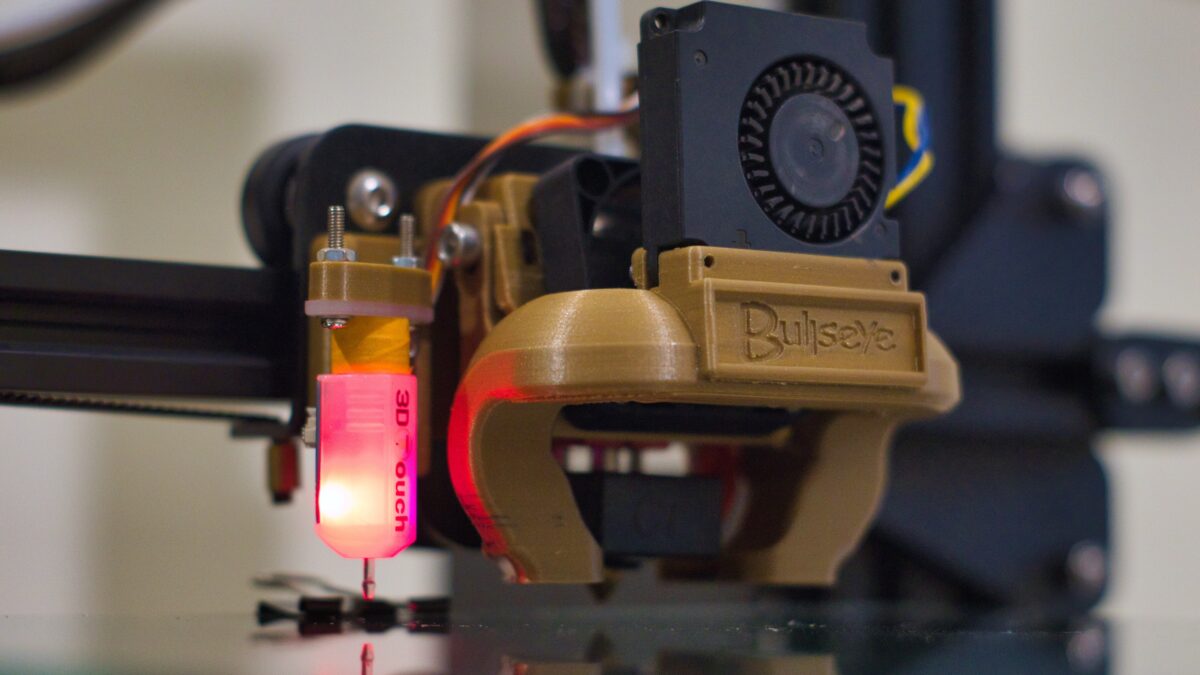For 63 years, the United States Congress has drafted and passed the National Defense Authorization Act. The purpose of this act: to pass the country’s defense budget for the following fiscal year.
While Americans are focused on inflation and other trending topics, this bill passes every year under the radar. It’s Congress’s way of slowly chipping away at the constitutional rights of millions of Americans without any pushback — mainly because people don’t know about it.
However, the 2024 NDAA (passed in July 2023) includes all sorts of new provisions, laws, and pork-barrel spending. But it also includes something slightly more sinister than redefining copyright infringements (a provision in the 2023 NDAA) and allocating billions of taxpayers’ dollars to defense spending. Hidden deep within the pile of obligatory spending requirements, between the veterans’ housing budget and a plan to rebuild a hospital in Vieques (a 21-mile-long island part of Puerto Rico), studious readers will notice a single paragraph:
Section 2(f) of the Undetectable Firearms Act of 1988 (18 U.S.C. 922 note; Public Law 100–649) is amended— (1) by striking ‘‘EFFECTIVE DATE AND SUNSET PROVISION’’ and all that follows through ‘‘This Act and the amendments’’ and inserting the following: ‘‘EFFECTIVE DATE.—This Act and the amendments’’; and (2) by striking paragraph (2).
The provision looks harmless enough at first glance. However, to fully understand how this paragraph further infringes the Second Amendment, one must understand what the 1988 Undetectable Firearms Act says, and why striking the effective date puts our rights in jeopardy.
The Undetectable Firearms Act
Passed by Congress in 1988, the federal government made it illegal to manufacture or possess undetectable firearms. No, we aren’t talking about serial numbers. We’re talking about the basic composition of firearms. Under this law, every firearm produced, transported, received, shipped, or delivered must contain a detectable metal consistent with common metal detectors and X-ray machines.
Although this has been the law for some time, Congress has now made the provision permanent. Because of this — combined with new technology such as 3D printers and plans circulating the internet for a fully working 3D-printed firearm — citizens may unknowingly succumb to harsh sentences of up to five years in federal prison.
Fortunately, the Gun Owners of America caught the provision:
There is much debate about whether 3D-printed firearms are the way of the future. However, they do give many Americans hope for the possibility of undetectable firearms that are easy to access with little interference from the government — and the government hates it.
So much so, in fact, that other bills are being passed to committees like the 3D-Printed Gun Safety Act of 2023, which makes it illegal to share printer plans for firearms. It’s a well-known fact that Congress will continue introducing legislation to restrict firearms manufacturing and possession. But most don’t understand how these restrictions are actually being passed, below the radar, in large spending bills.
3D-Printed Firearms and the Law
One of the more pressing questions surrounding the government’s limitations on 3D-printed firearms is whether it actually matters. But in reality, it’s the slippery slope that matters most.
New firearm technology has been on the horizon since before 1791 when the second amendment was ratified. It has been a constant, and 3D-printed firearms are no different. Today, anyone can build a single-shot pistol using nothing but PLA, a 3D printer, and some plans from the internet. But a decade from now, a 3D-printed firearm will almost certainly be more advanced.
Unfortunately, a bill to fund the defense of this country has now snuffed out any hope of seeing how far this new technology can go. Similar to the ATF’s recent overreach banning pistol braces, the 2024 NDAA is now playing its part to ban simple homemade firearms, forever.
What our congressmen make apparent, and most citizens ignore, is that permanently enacting older legislation will result in dire future consequences. 3D printers were once a faraway technology that some only dreamed about. What’s on the horizon now is more effective and sustainable firearms — future technology is now banned before it can even come to fruition.
An Egregious Practice
We rarely see legislation pass through the halls of Congress in the form of standalone bills. Packed away in these seemingly necessary bills are tons of fluff, funding for pet projects, and new restrictions on American taxpayers’ freedoms.
Furthermore, it’s likely that your representatives in Washington, D.C., aren’t reading the must-pass bills due to their size and nature. The 2024 NDAA not only permanently restricts your ability to possess firearms that the government deems to be dangerous, but it also enacts this legislation on behalf of the states as well. What will the 2025 NDAA hold in store for our constitutional rights? At this time it is unknown. But it will most certainly include other seemingly harmless restrictions that lead to larger problems.
What the future will hold for this legislation is unclear. What we do know is this practice is sinister, it happens every year, and unsuspecting citizens will pay for it in the years to come.









